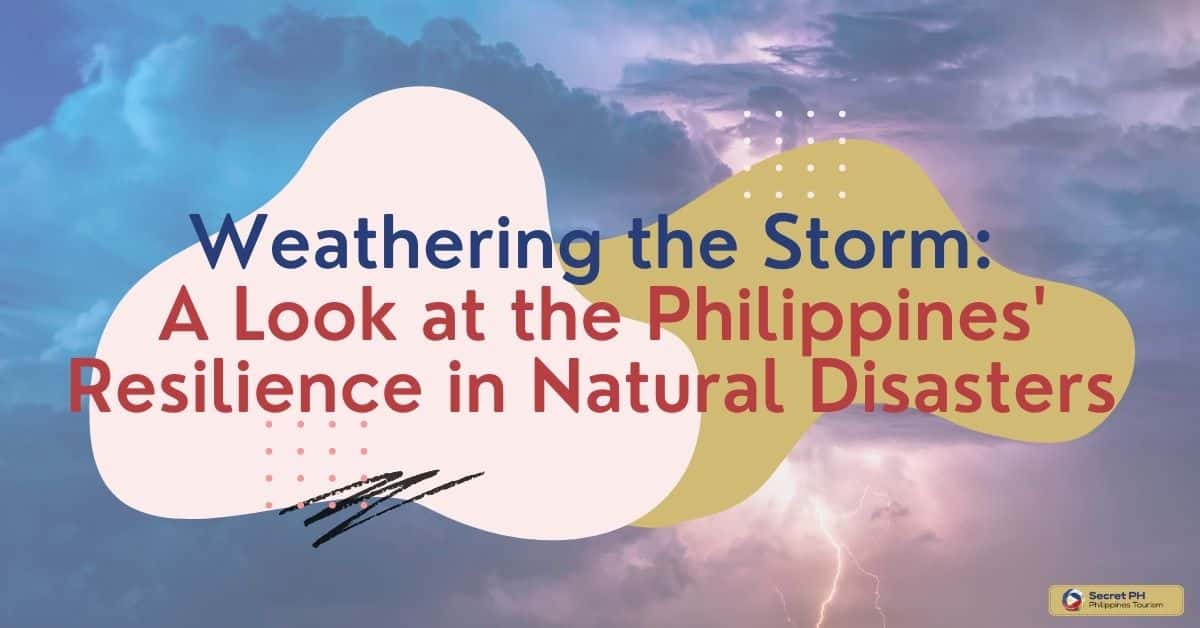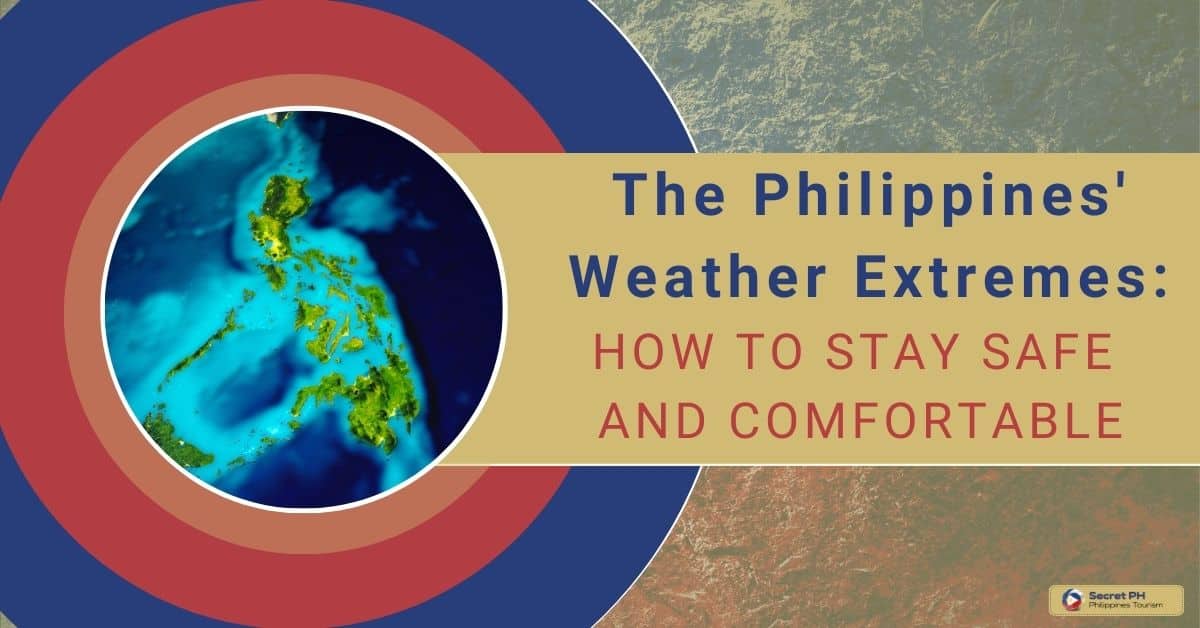The Philippines is a tropical country located in the western Pacific Ocean and is home to over 100 million people. With its varied topography, the climate of this archipelago nation can range from humid subtropical in the north to dry arid conditions in some parts of Mindanao.
The Philippines has a tropical monsoon climate with wet and dry seasons influenced by its geography and topography, including mountain ranges and archipelagos. It is frequently hit by typhoons, tropical cyclones, El Niño, and La Niña phenomena. Climate change is a pressing issue for the country, and it requires immediate action to mitigate its effects and develop effective adaptation measures.
This guide will provide an overview of the geographic and topographic features that influence the climate, as well as key weather patterns, El Niño and La Niña phenomena and their impacts on the Philippines, and mitigating measures for climate change in this archipelago nation.

Geographic and Topographic Features that Influence the Climate
The climate of a place is influenced by a number of factors, including geographic and topographic features. These features play a vital role in determining the rainfall, temperature, and other climatic conditions of an area. In this article, we will discuss the various geographic and topographic features that influence the climate, with a specific focus on the climate of the Philippines.
Geographic Features
The Philippines is an archipelago located in Southeast Asia. The geographic features that influence its climate are as follows:
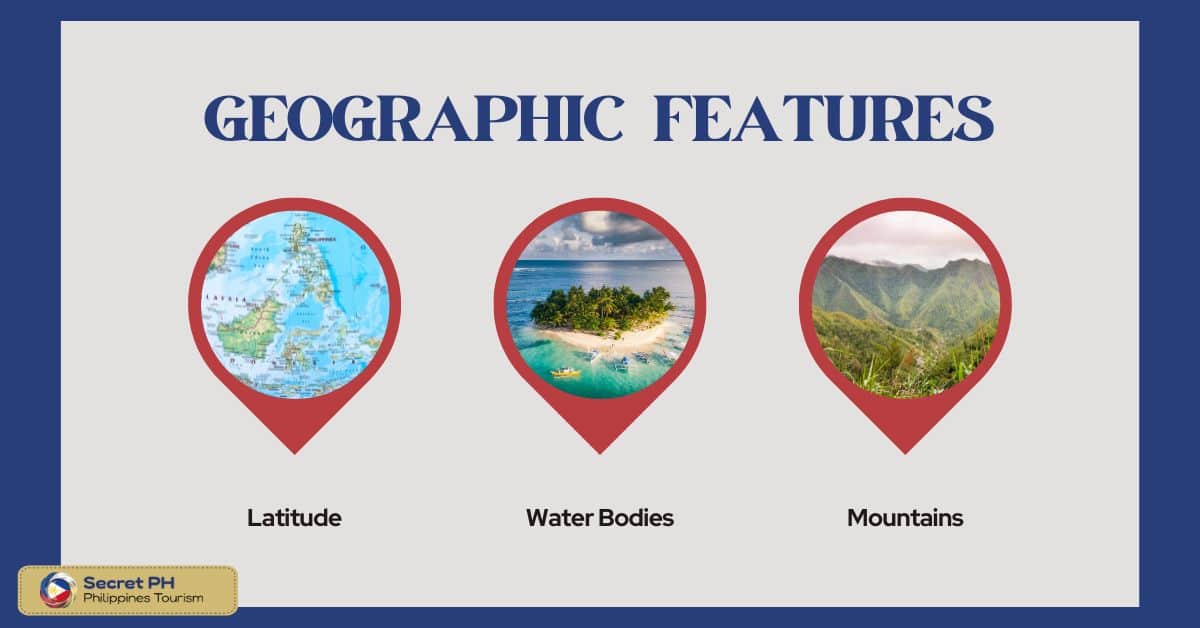
Latitude
The Philippines lies between 4° and 21°N latitude. This offers favorable climatic conditions for the development of a tropical climate in the country. The positioning of the archipelago within the tropics allows strong sun radiation to reach the area, resulting in high temperatures with little or no diurnal temperature range (the difference between day and night temperatures).
Water Bodies
The Philippines is surrounded by three large water bodies – the South China Sea, the Philippine Sea, and the Celebes Sea. These have a significant effect on the climate of this archipelago nation as they influence air and sea temperatures, humidity levels, cloud formation, and precipitation amounts.
The warm waters of these seas help to moderate air temperatures throughout the year, making them relatively constant. In addition, they amplify the effects of tropical cyclones and typhoons when they strike the country.
Mountains
The Philippines is home to several mountain ranges, including the Sierra Madre Mountains, which run along the east coast of Luzon and are part of a larger mountain range extending from northern Vietnam to southern Taiwan. These mountains form a natural barrier that influences weather patterns such as monsoons by blocking moisture-laden air from reaching the western and central parts of the country.
This causes areas on the eastern side of the mountains to receive more rainfall than those on the west and central side. These mountain ranges also act to cool air temperatures in certain areas, creating temperate climates in some parts of Luzon and Mindanao.
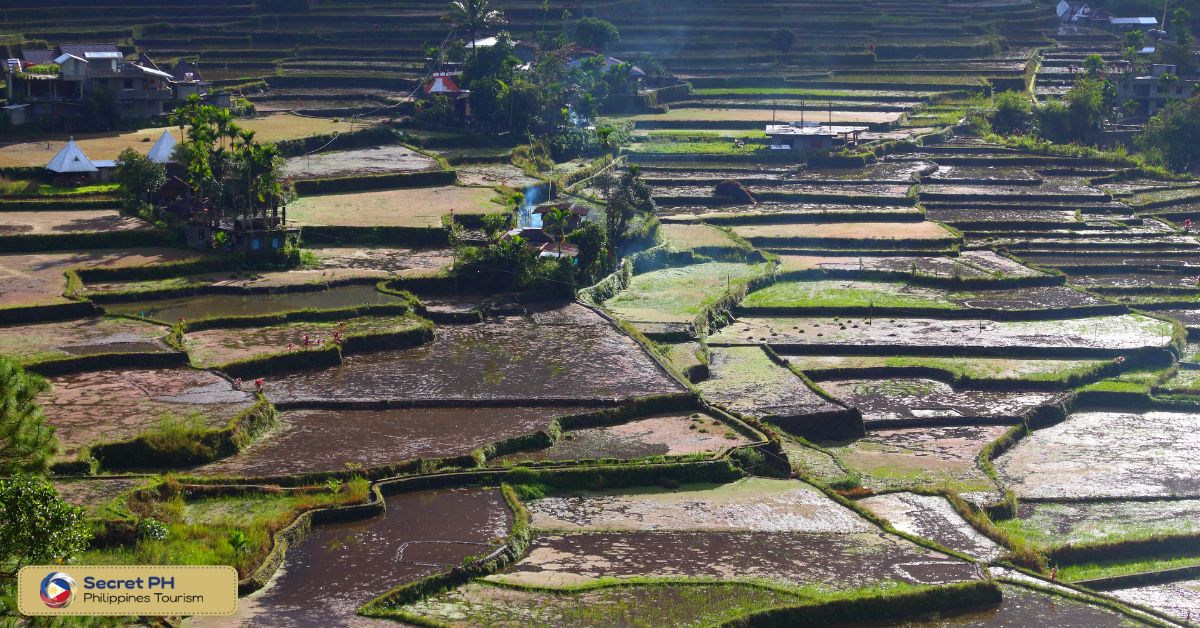
Topographic Features
Apart from geographic features, topographic features also play a vital role in determining the climate of an area. The topographic features that influence the climate of the Philippines are as follows:
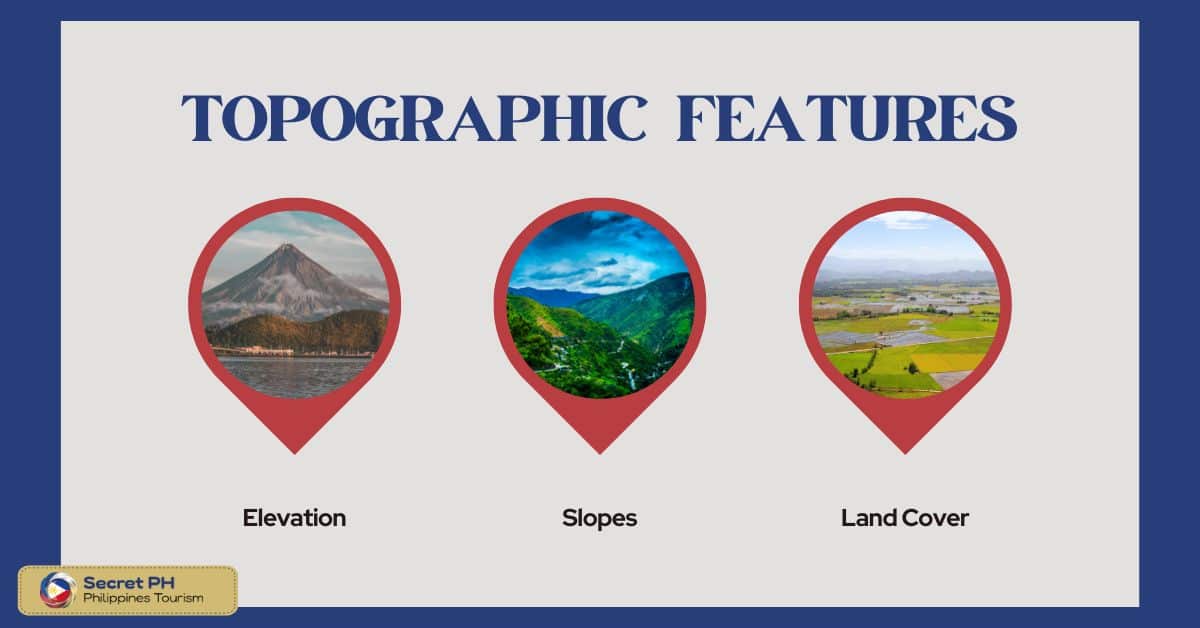
Elevation
The elevation of a region plays a crucial role in determining its climate. Higher elevations typically experience cooler temperatures, while lower elevations are usually warmer. The elevated regions of the Philippines, such as the Cordillera Mountains, generally have cooler temperatures than the lower-lying regions.
Slopes
The slope of a region is another topographic feature that can affect the climate of an area. In the Philippines, the steep slopes of mountains and hills can drastically change temperatures between exposed and shaded areas. The slopes also influence air movement, resulting in air currents that are different from those experienced at lower elevations.
These cloud currents bring additional moisture to the region, resulting in higher levels of precipitation. This is why mountainous areas of the Philippines tend to be more humid and receive more rain than other places.
Land Cover
Land cover is an important factor when analyzing the climate of a region. It influences temperature, humidity levels, and precipitation amounts. In the Philippines, land cover ranges from forests to grasslands and mangroves to agricultural areas. Forests provide shade that helps cool the environment while grasslands have the less moisture-retaining capacity and help maintain temperatures.
Mangrove forests also retain moisture and act as a barrier to tropical cyclones, while the agricultural land cover can cause changes in temperature due to increased evaporation. These varying land covers not only influence the climate in the Philippines but also affect the distribution of rainfall throughout the archipelago nation.
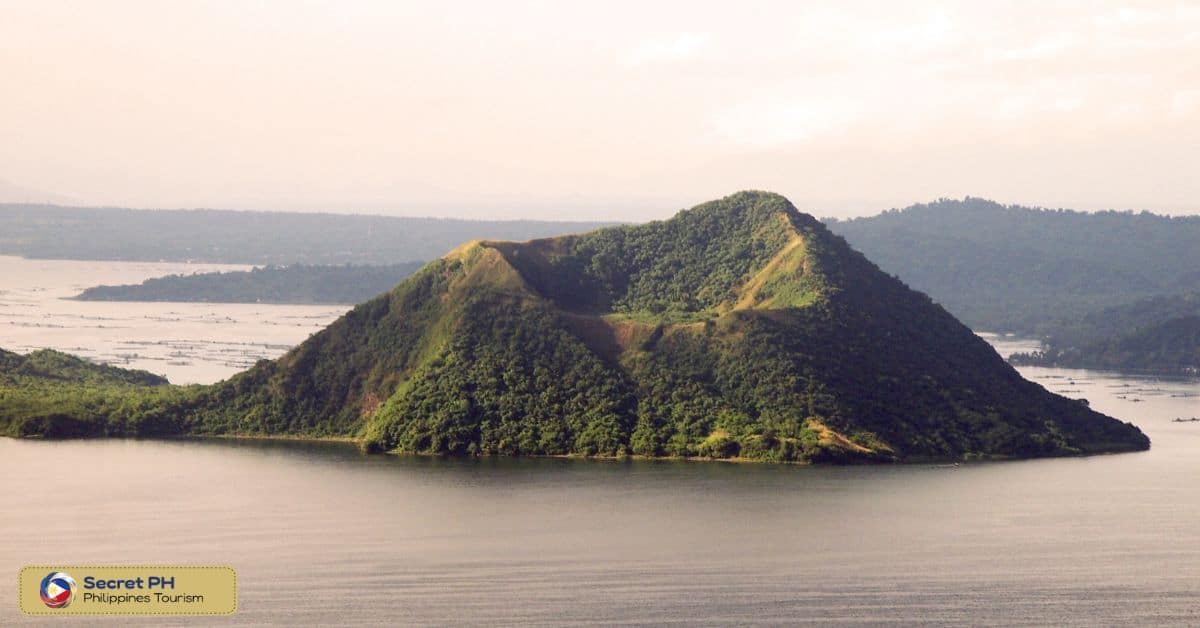
Seasons and Weather Patterns in the Philippines
Located in the western Pacific Ocean, the Philippines is a tropical country that experiences two main seasons – wet and dry. The country’s location and topography contribute to its unique weather patterns, which can vary greatly depending on the time of year and region.
Wet Season
From June to November, the Philippines experiences its wet or rainy season. During this time, monsoon winds bring heavy rains and typhoons to the country. The rainfall can be so intense that flooding, landslides, and other weather-related hazards are not uncommon. The wet season can affect different regions in different ways. Some areas may experience continuous rain, while others may have intermittent showers.
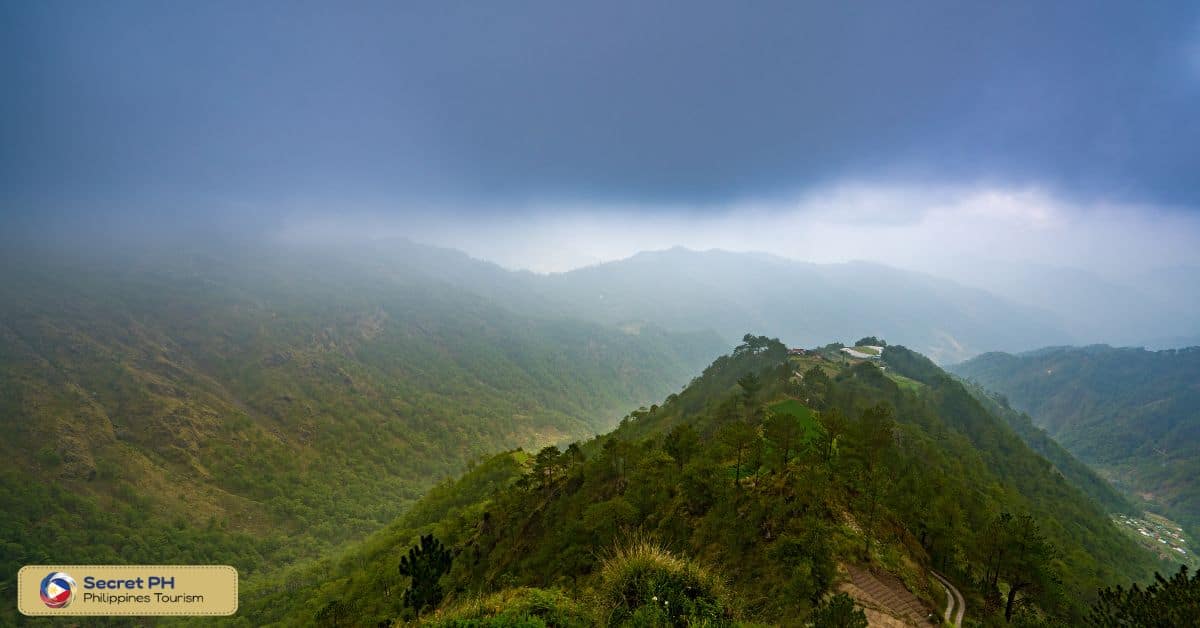
Dry Season
From December to May, the dry season prevails in the Philippines. The weather is generally sunny and dry, making it an ideal time for beachgoers and travelers. Temperatures during this time can reach as high as 38°C in some areas, making it important to stay hydrated and protected from the sun.
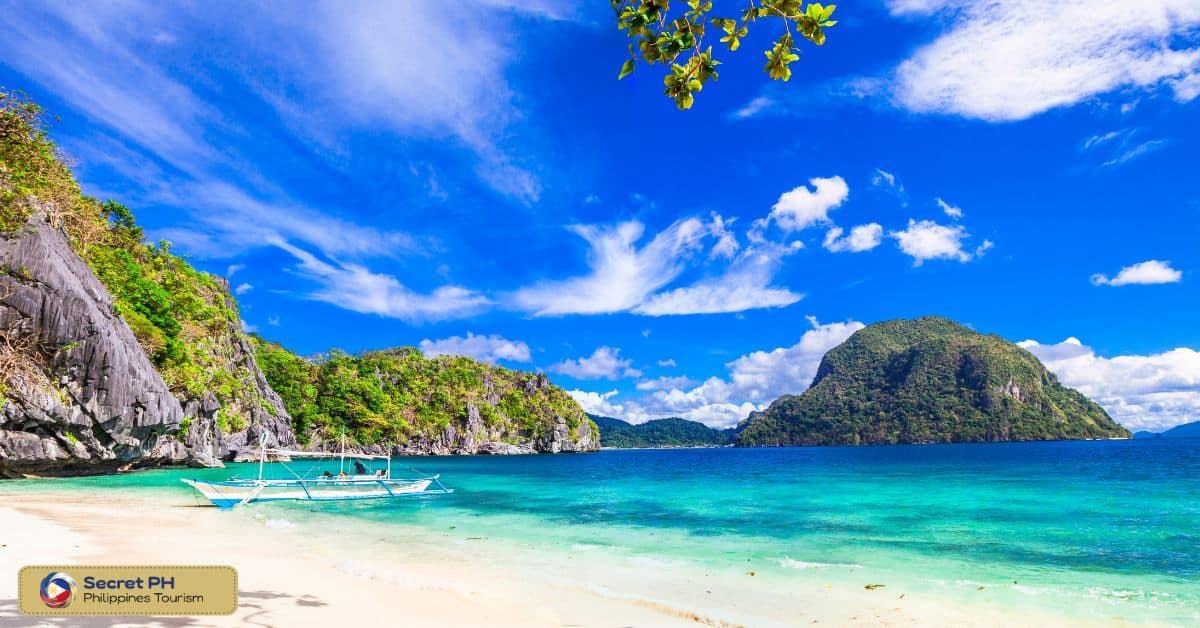
Typhoons and Tropical Cyclones in the Philippines
The Philippines is a tropical country located in the western Pacific Ocean and is exposed to frequent typhoons and tropical cyclones. The monsoon winds that bring rain during the wet season can also be powerful enough to cause strong storms, leading to floods, landslides, and other weather-related disasters. Understanding these weather patterns is essential in helping the country prepare for and mitigate their effects.
Typhoons
Typhoons are powerful tropical storms that occur in the western Pacific Ocean, particularly around the Philippines and surrounding countries. These storms typically have strong winds and heavy rains, which can cause flooding, landslides, storm surges, and other hazardous conditions.
The Philippine Atmospheric, Geophysical, and Astronomical Services Administration (PAGASA) is responsible for monitoring typhoons in the country, and issuing warnings when necessary.
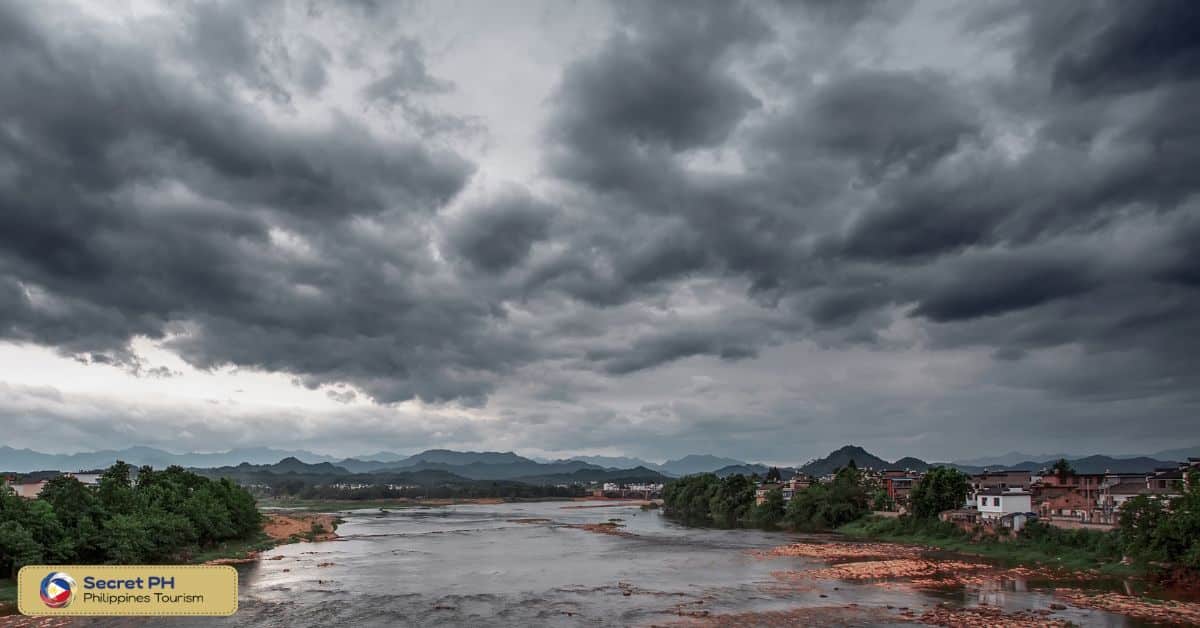
Tropical Cyclones
Tropical cyclones are intense low-pressure systems that form over tropical or subtropical waters and can move into land areas. In the Philippines, these storms are known as “bagyo”.
They typically bring strong winds, heavy rains, and storm surges that can cause flooding and other weather-related disasters. PAGASA is also responsible for monitoring tropical cyclones in the country and issuing warnings when necessary.
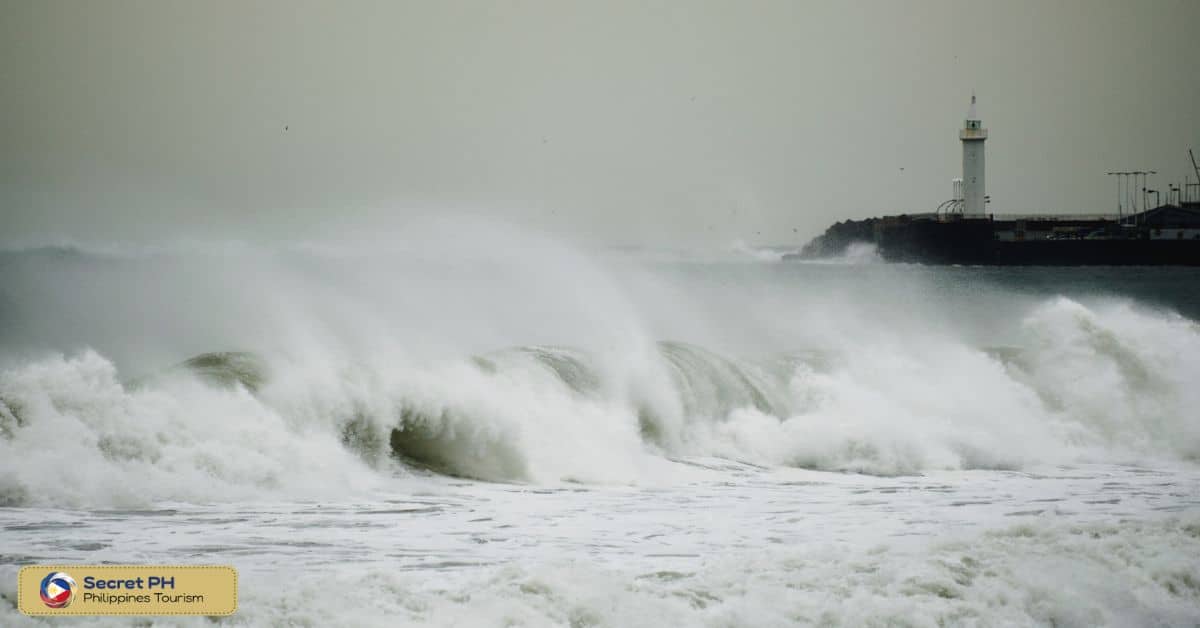
El Niño and La Niña Phenomena in the Philippines
El Niño and La Niña are two climate phenomena that occur in the Pacific Ocean, with each bringing its own set of effects to different regions around the globe. In the Philippines, these two phenomena can significantly influence weather patterns, leading to a variety of consequences including floods, droughts, and other hazardous events. In this section, we will take a look at El Niño and La Niña and their impacts on the climate of the Philippines.
What is El Niño?
El Niño is an ocean-atmospheric phenomenon characterized by warmer-than-usual sea surface temperatures in the central and eastern Pacific Ocean. It typically occurs every two to seven years and can persist for up to 18 months. El Niño can bring significant changes in the region’s climate, leading to increased rainfall in some areas and drought in others.
El Niño has a substantial impact on the climate of the Philippines, particularly during its dry season (December-May). During this period, El Niño typically brings higher-than-normal temperatures and less rainfall. This can lead to longer droughts, crop losses, and reduced water supplies.
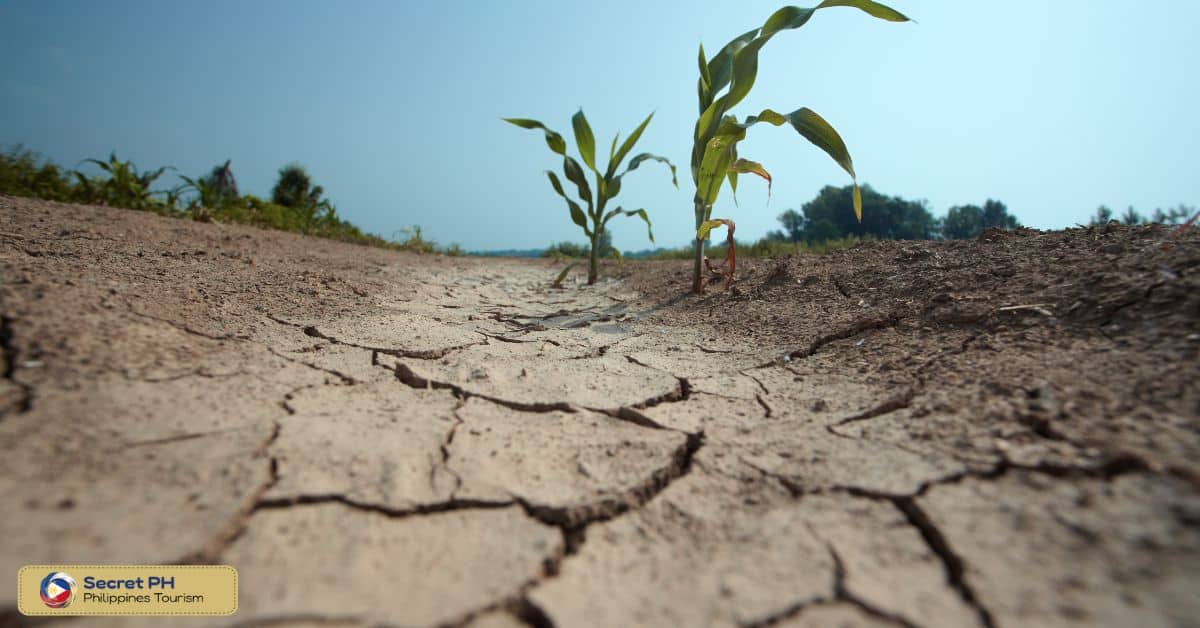
What is La Niña?
La Niña is the opposite of El Niño and is characterized by cooler than usual sea surface temperatures in the central and eastern Pacific oceans. Like El Niño, La Niña occurs every two to seven years and can last up to 18 months. Its effects on the climate of the region are opposite to those of El Niño, with increased rainfall in some areas and dry conditions in others.
La Niña typically brings increased rainfall during the wet season (June-November) in the Philippines. While this can benefit some parts of the country, it can also bring destructive floods, landslides, and other hazardous conditions. La Niña may also lead to a decrease in temperatures during the dry season (December-May), resulting in cooler than usual temperatures and increased risk of frost damage to crops.
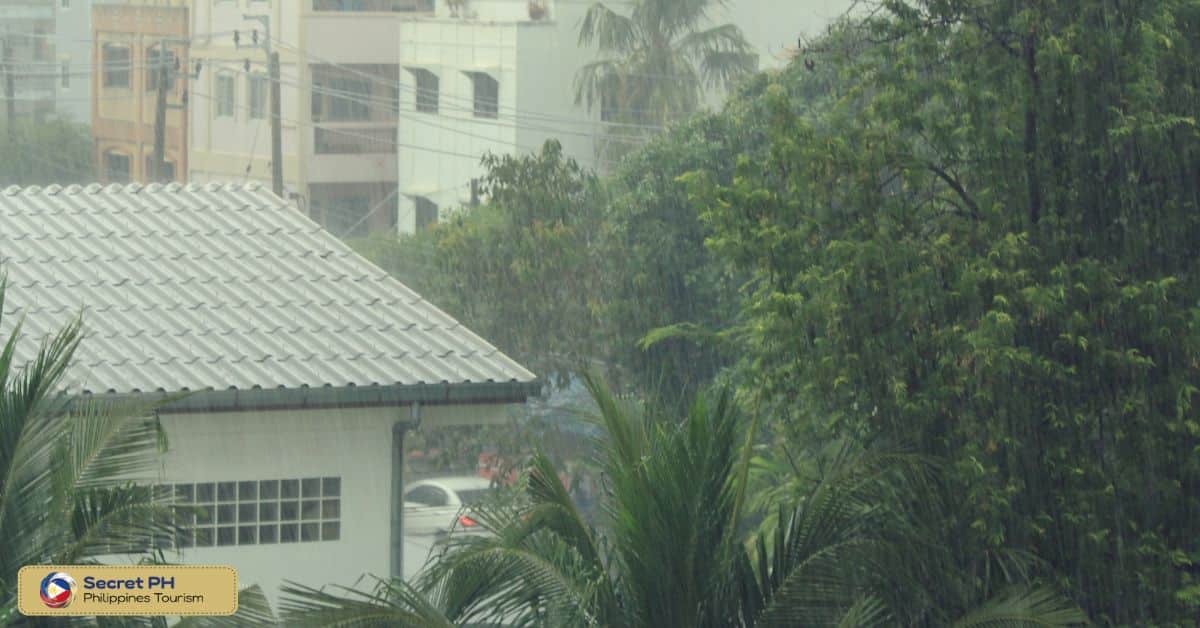
Impacts of Climate Change on the Philippines
Climate change is not only a global issue but also a pressing concern for the Philippines. As a country located in the Pacific Ring of Fire and the typhoon belt, the Philippines is highly vulnerable to the impacts of climate change. In recent years, the country has experienced stronger typhoons, longer droughts, and more intense heat waves, among others. These changes in weather patterns not only pose risks to human health but also to the economy and environment. Here is a list of some of the impacts of climate change on the Philippines.
- Increasing frequency of typhoons and floods
- Deterioration of coral reefs and marine ecosystems
- More frequent and longer droughts
- Decrease in agricultural productivity
- Higher risks of landslides and soil erosion
- Biodiversity loss
- Thinning of ice cover in the Cordillera mountain range
- Rise in sea level and coastal erosion
- Worsening air pollution
- Increased water scarcity
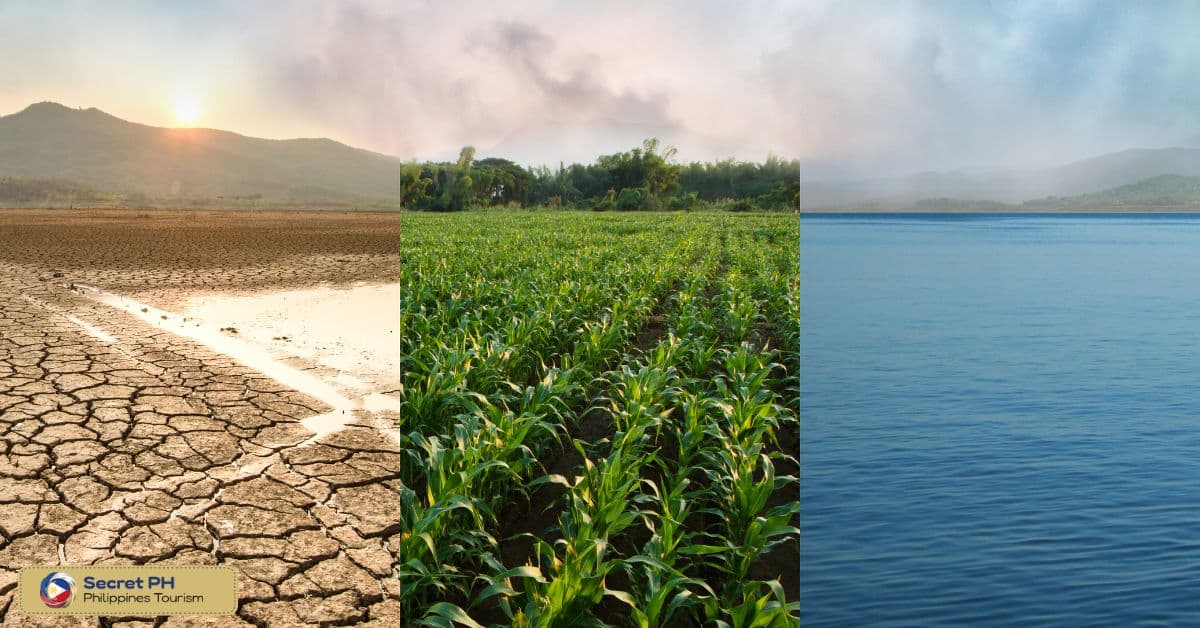
Mitigating Climate Change and Adaptation Measures in the Philippines
The Philippines is one of the countries most vulnerable to the impacts of climate change. With its location in the Pacific Ring of Fire and being surrounded by bodies of water, the country experiences extreme weather conditions such as typhoons, flooding, and sea-level rise. These events, compounded with poverty and inequality, make climate change a pressing issue that needs immediate attention.
To address this challenge, the Philippine government has implemented both mitigation and adaptation measures to reduce greenhouse gas emissions and improve the country’s resilience to climate change impacts. Here is a table that showcases some of these measures:
| Mitigation Measures | Adaptation Measures |
|---|---|
| The passage of the Renewable Energy Act in 2008, encourages the use of clean and renewable energy sources such as solar, wind, and hydropower. | The establishment of the People’s Survival Fund, a financing mechanism that supports climate change adaptation programs and projects at the grassroots level. |
| The implementation of the National Climate Change Action Plan 2011-2028, a roadmap that aims to reduce emissions and increase the country’s adaptive capacity. | The creation of DREAM or the Disaster Risk Exposure and Assessment for Mitigation, a web-based platform that provides essential information on flood hazards, exposure, and risk assessment for effective disaster risk reduction and management. |
| The establishment of the Climate Change Commission, a government agency that coordinates and monitors climate change policies, programs, and initiatives. | Ecosystem-based Adaptation promotes the sustainable management, conservation, and rehabilitation of ecosystems as a measure to adapt to climate change impacts. |
| The initiation of Green Cities Program is a project that aims to promote sustainable urban development by reducing carbon emissions and creating a more resilient city. | The implementation of Rainwater Harvesting Systems, a technology that collects and stores water during rainy seasons that can be used for domestic and agricultural purposes during droughts. |

In conclusion
The Philippines is a tropical nation located in the western Pacific Ocean, and its climate is influenced by various geographic and topographic features. Seasonal weather patterns such as wet and dry seasons, typhoons, and tropical cyclones can also affect different parts of the country in different ways. El Niño and La Niña are two climate phenomena that can cause significant changes in the region’s climate.
Climate change is a pressing issue for the Philippines, with its effects already being felt by many communities and ecosystems. Mitigating climate change and developing effective adaptation measures is essential in order to ensure the country’s resilience against its impacts. By understanding these factors, we can work together to create a more sustainable future for the Philippines.

